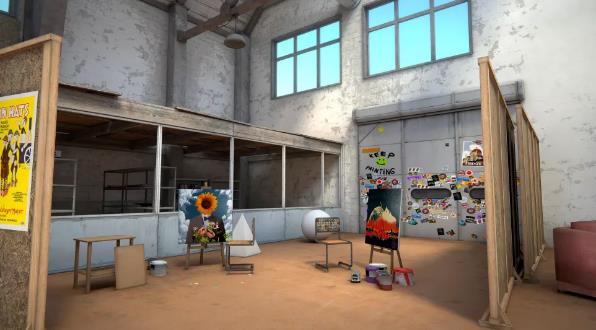What do you think of when you hear the phrase “virtual reality?” Fighting through dungeons with a sword and shield? Shooting aliens in space? Slicing rhythm notes like a musical Jedi? Virtual reality helps us accomplish impossible things, live out wild fantasies, and put us in ridiculous situations. But there’s a lot more to VR than immersive games; there’s practical applications as well.
Fledgling pilots can be trained with VR. Headsets have begun to be approved by the FDA as a therapy treatment tool to assist people who suffer from chronic pain. VR can also be used as a form of exposure therapy for those with intense phobias, such as a fear of flying. The technology is great for gaming, but there’s limitless potential to what can be done in a virtual space.
Which brings us to Painting VR, a game that — surprise! — is all about letting you paint virtually. There’s no story mode, no wacky gameplay mechanics, and no memorable “only-possible-in-VR” moments. It’s exactly what it says on the tin. And it’s fantastic.





GIPHY App Key not set. Please check settings